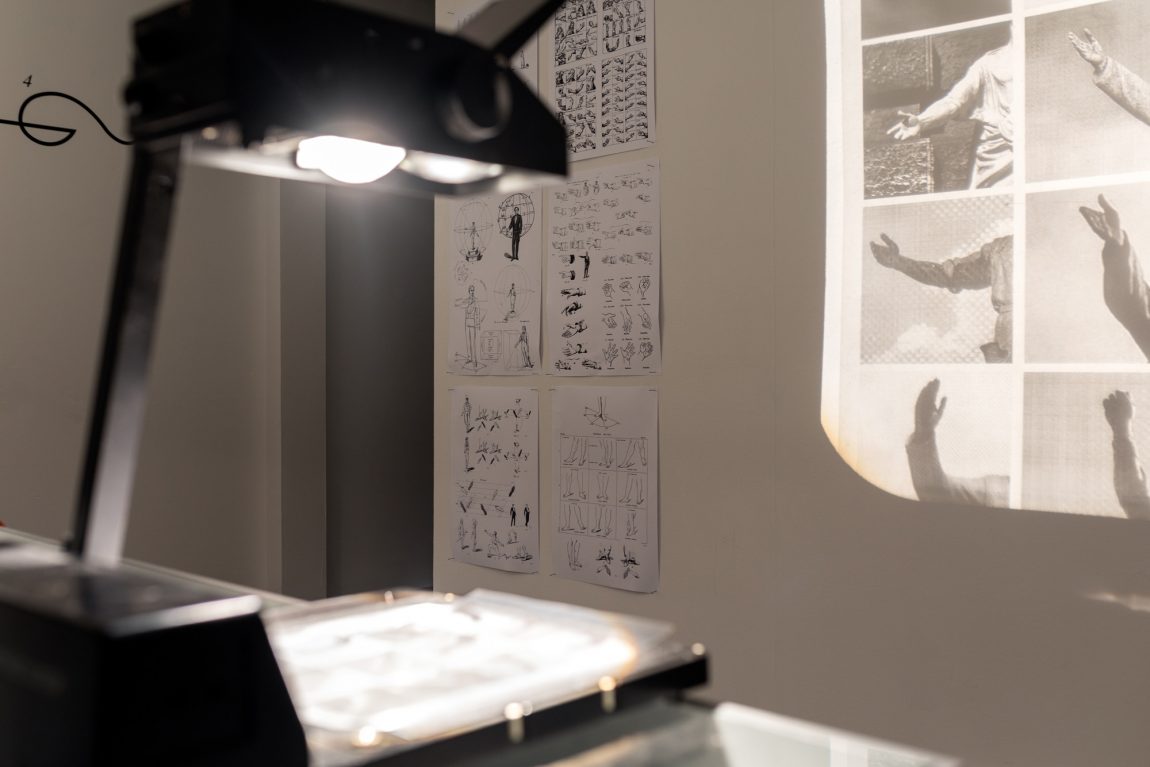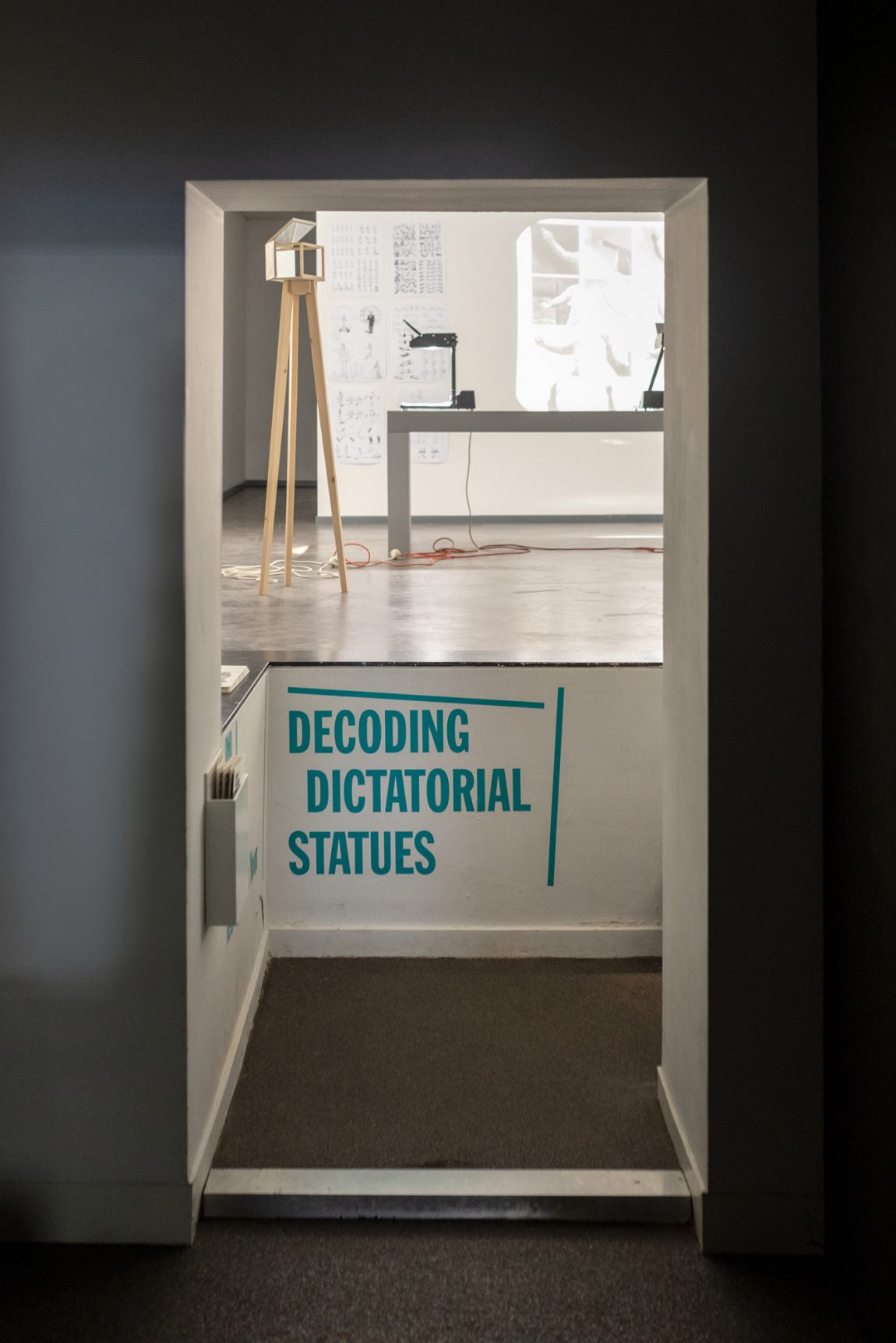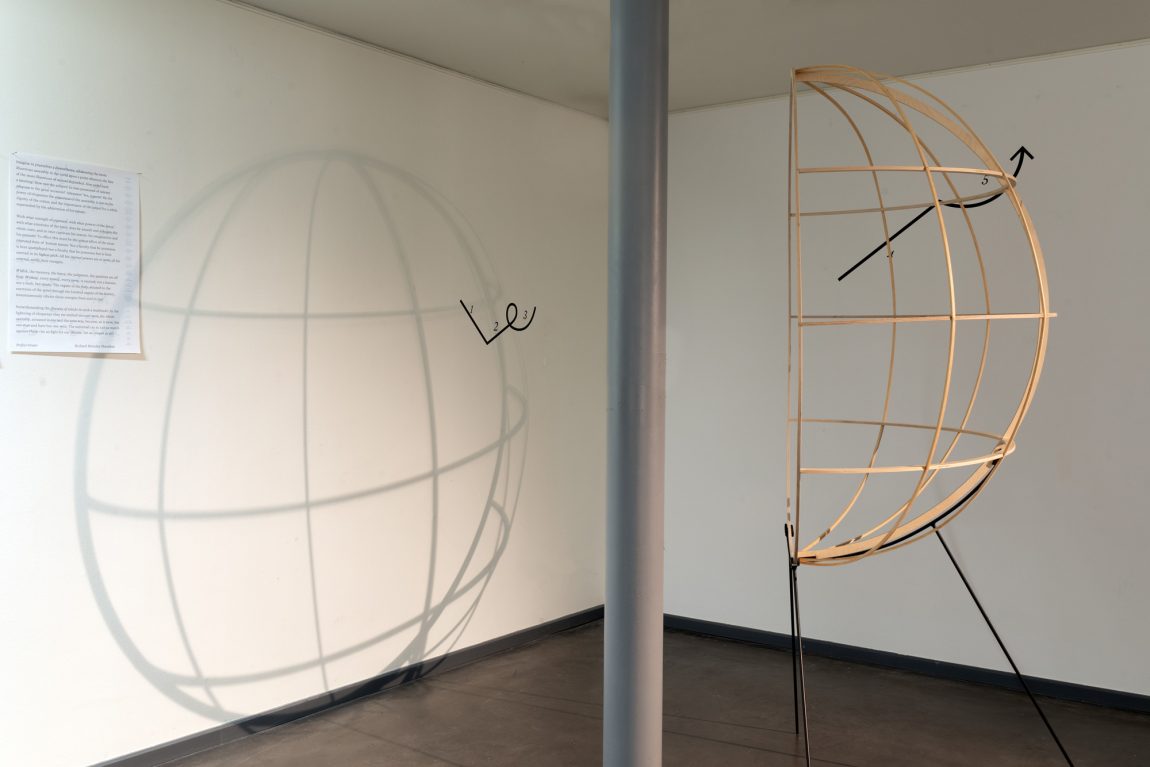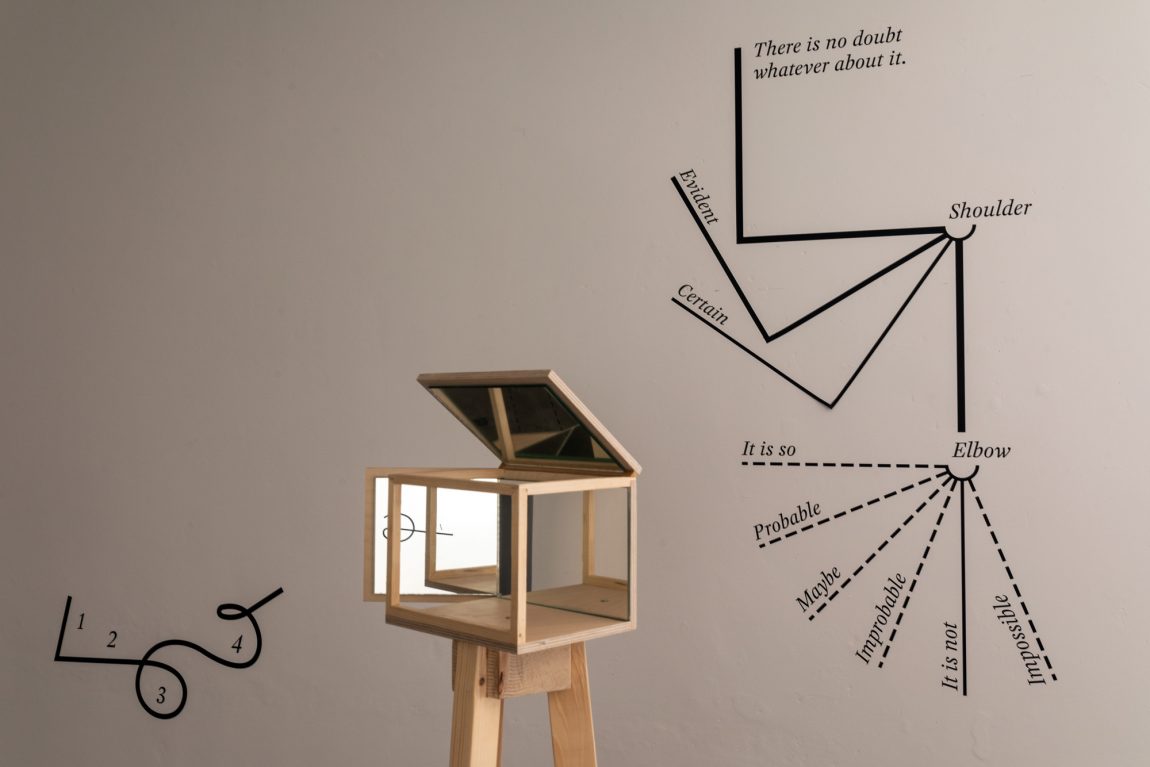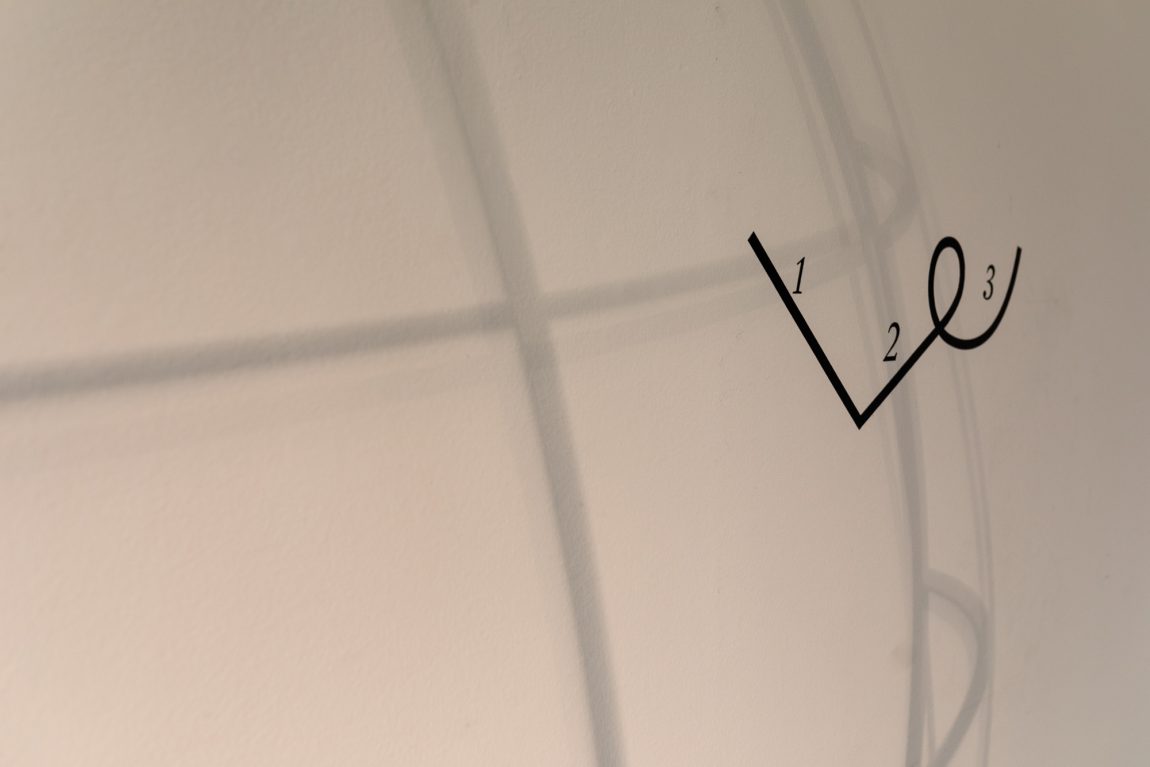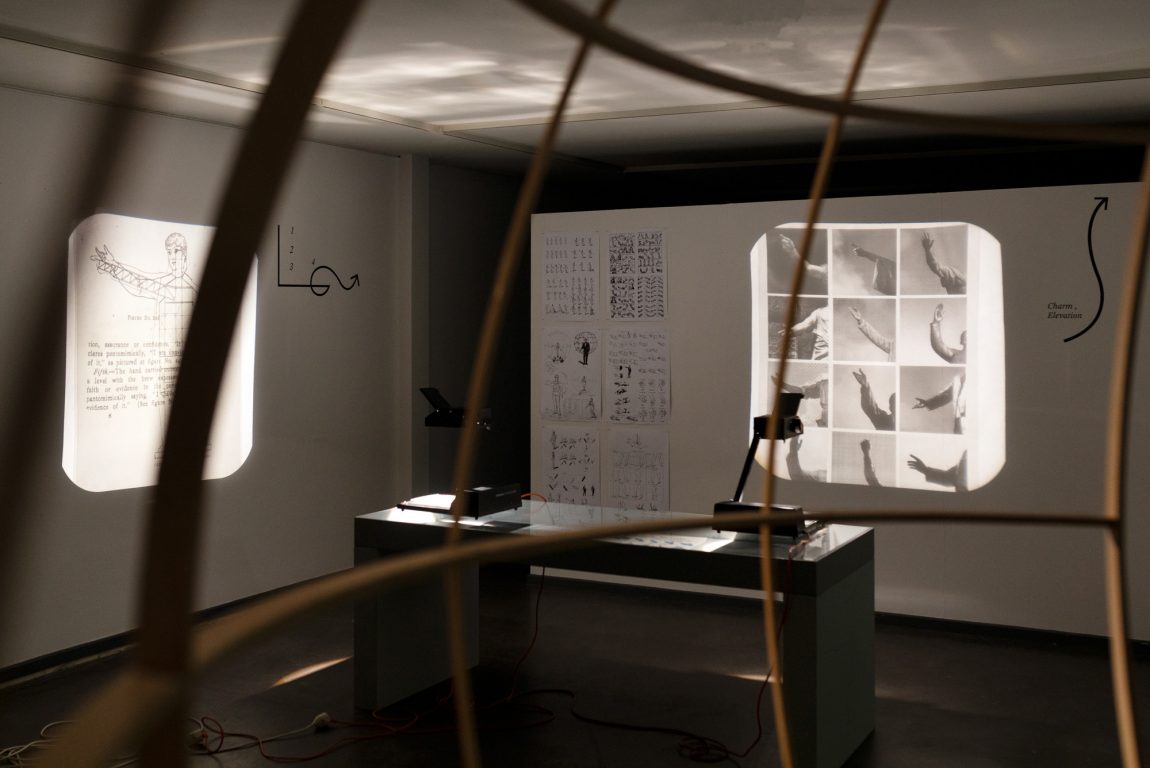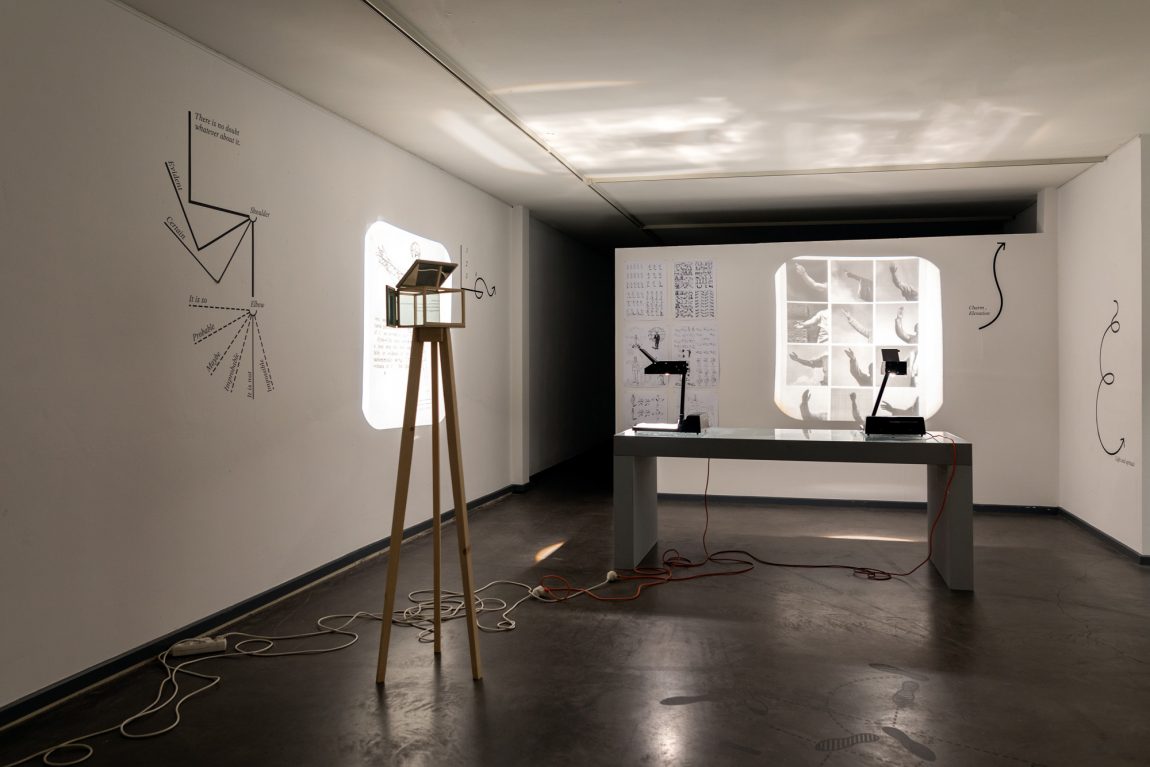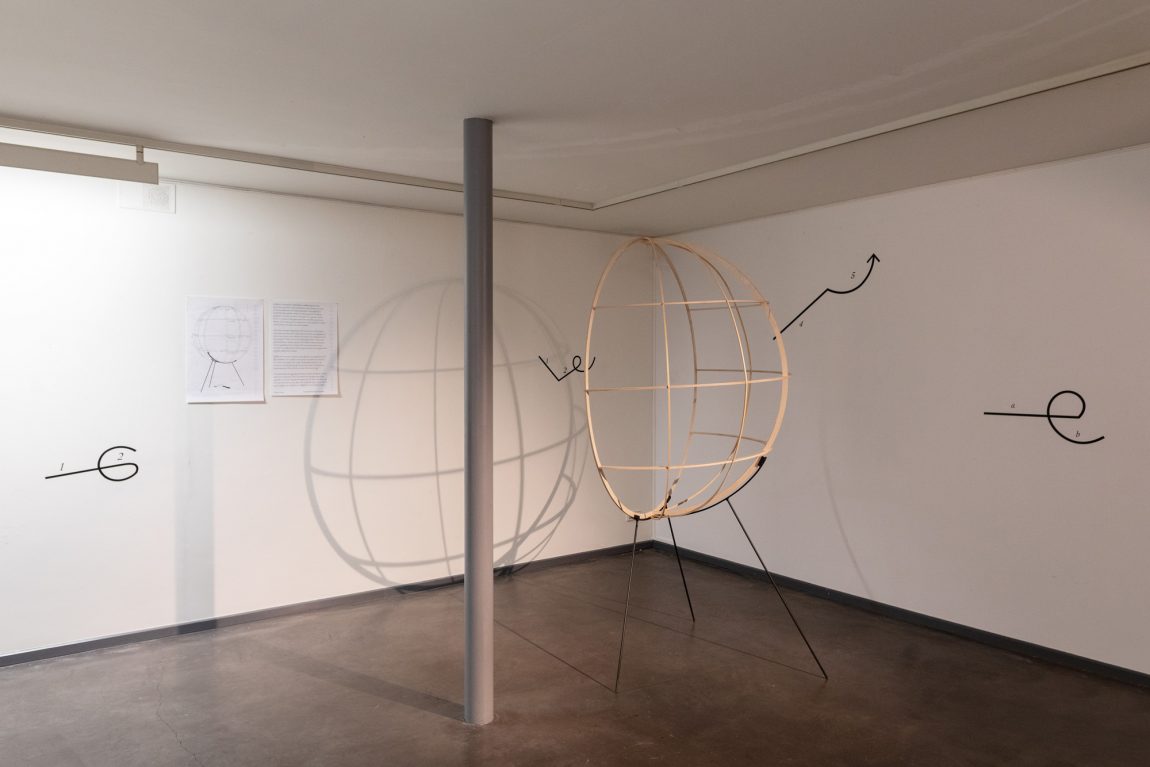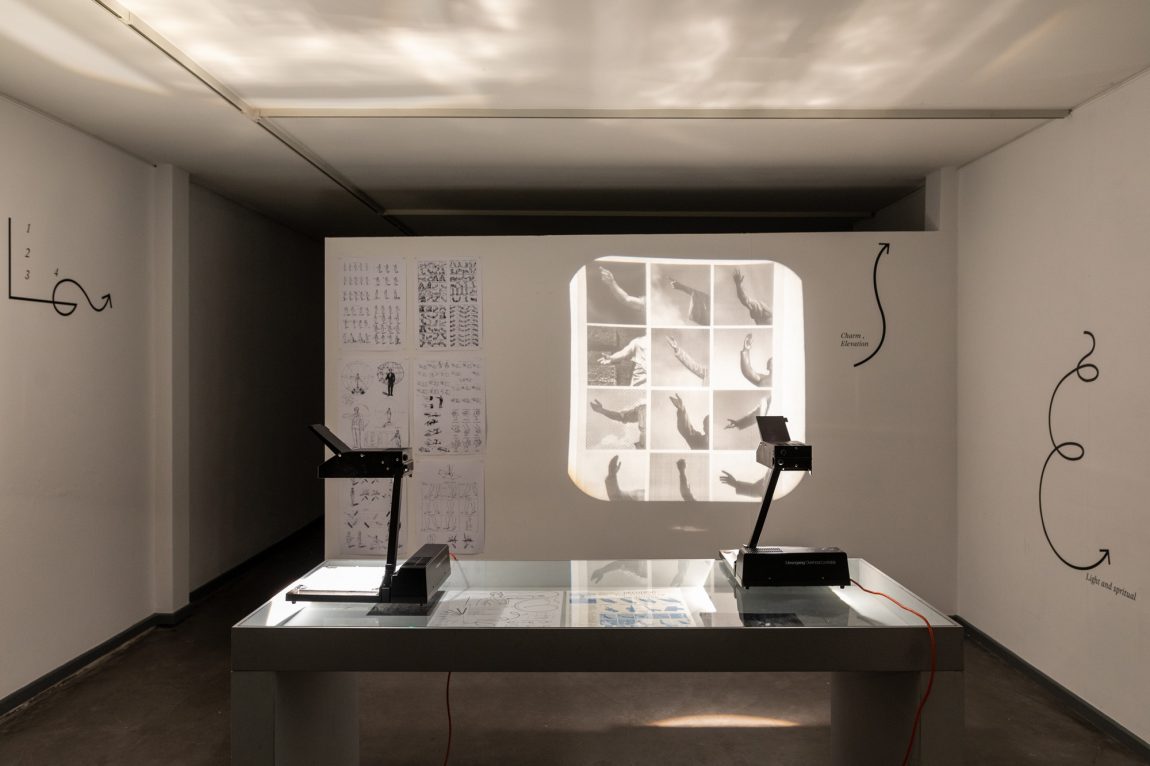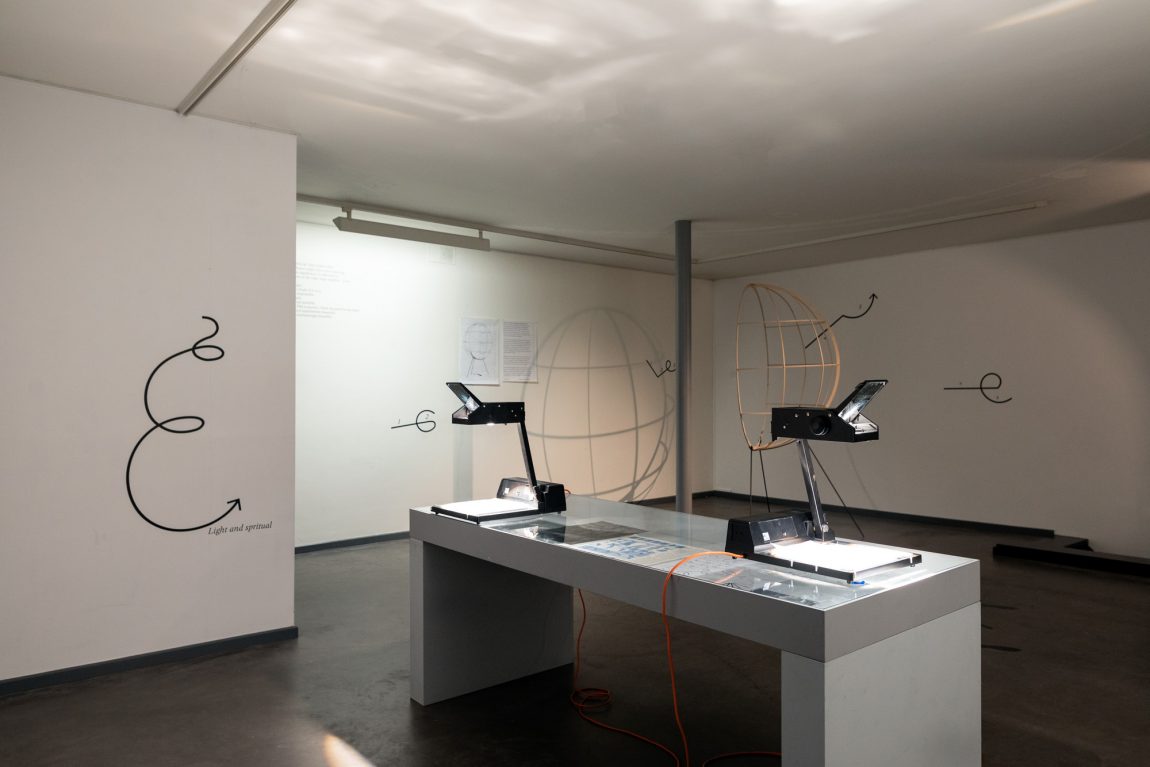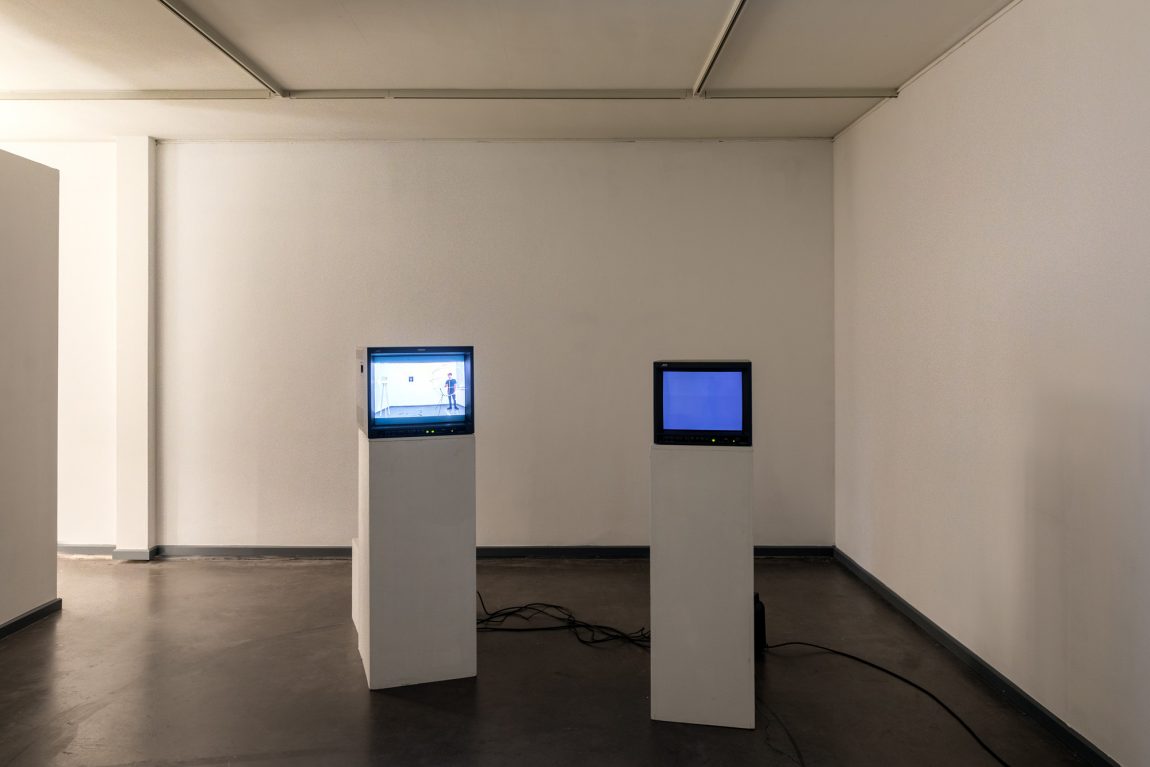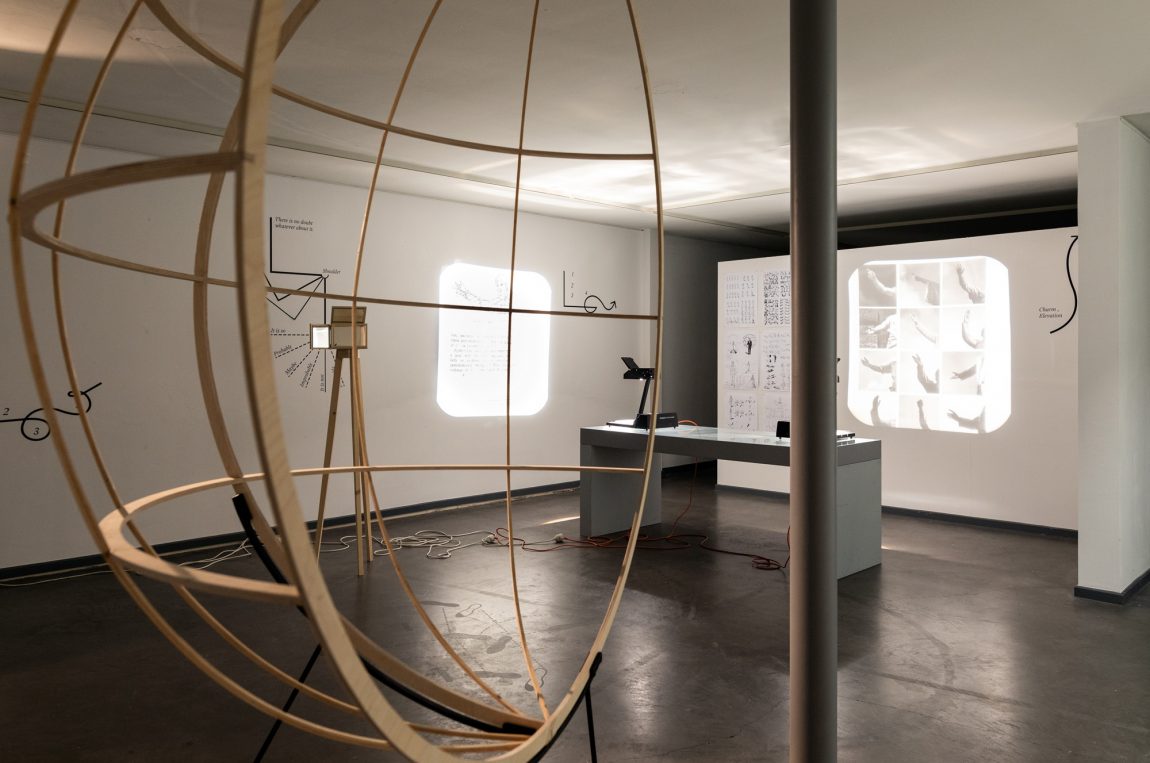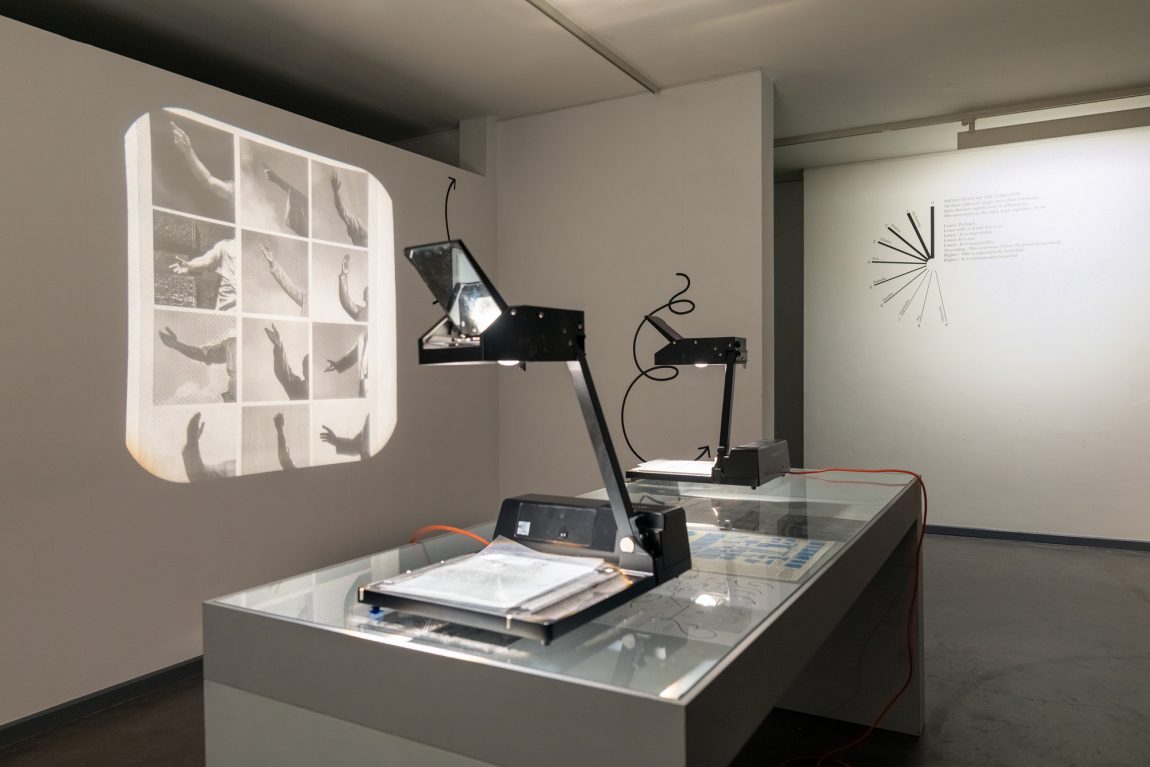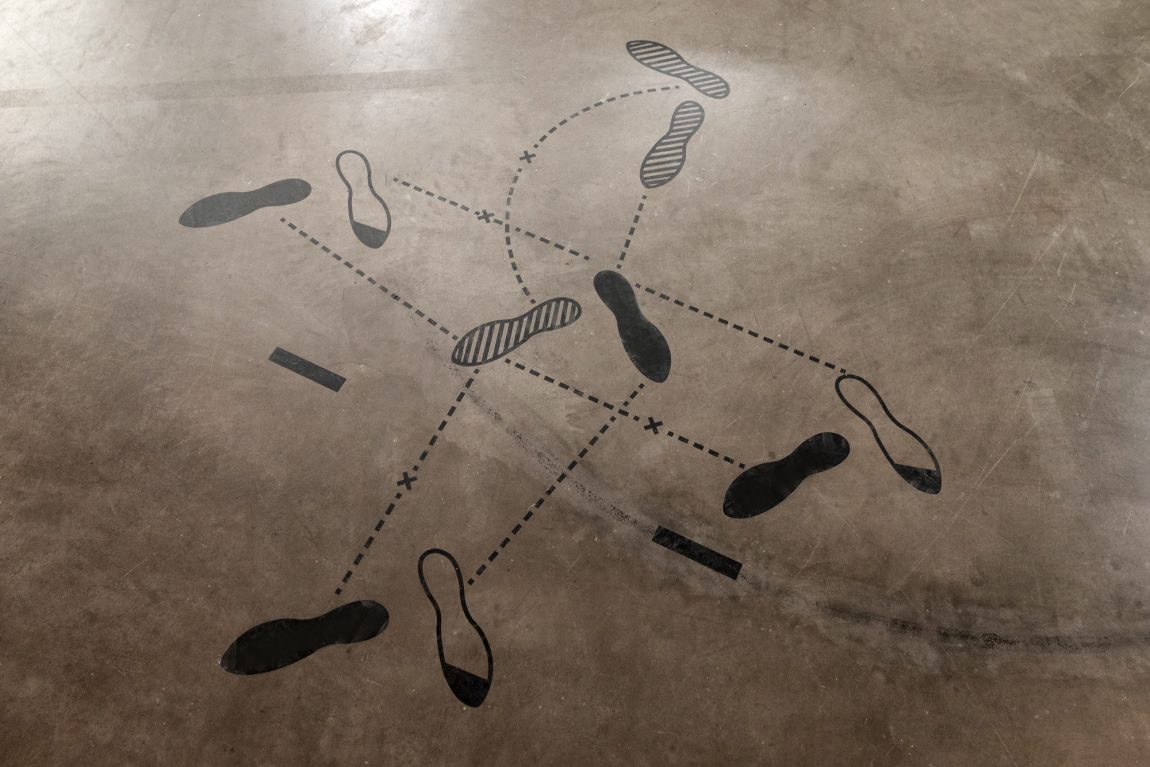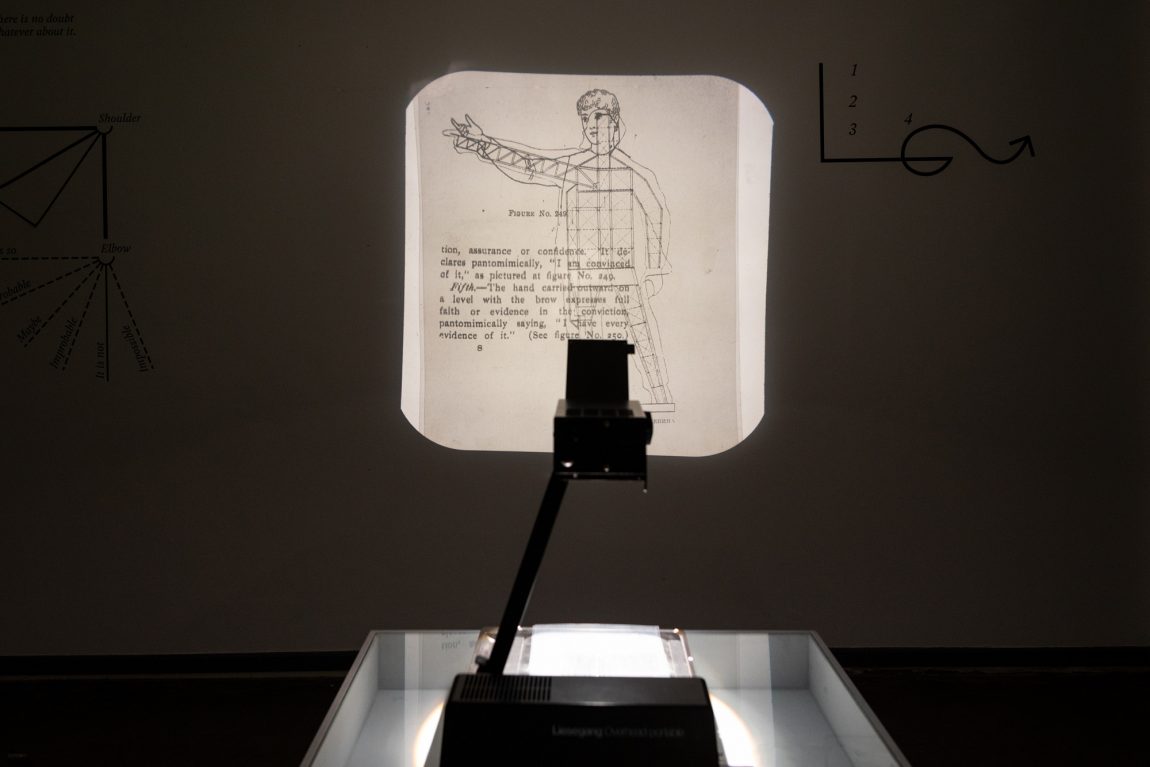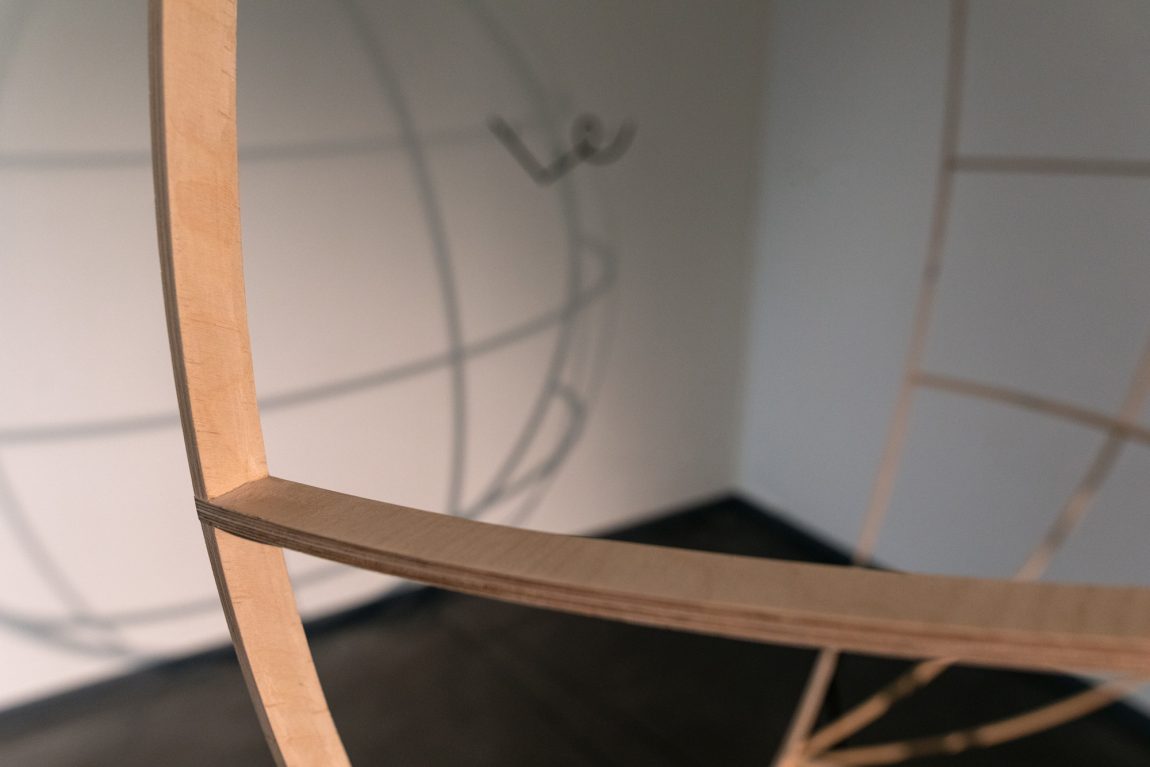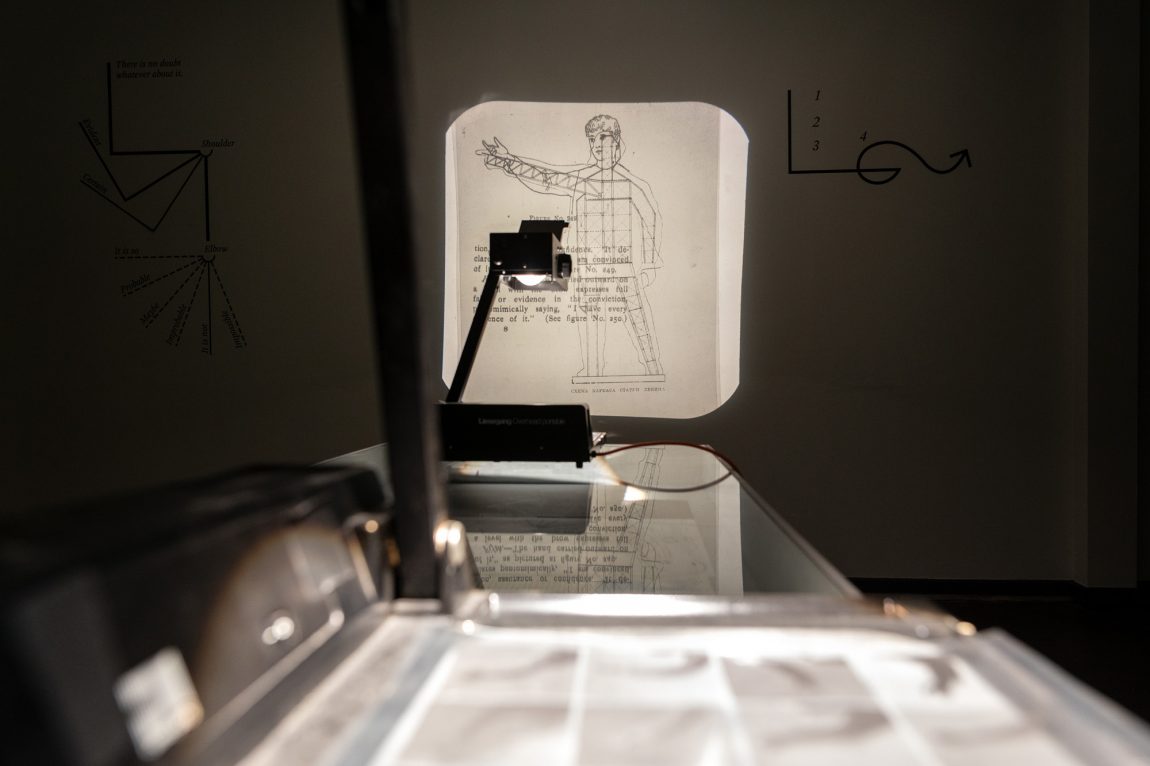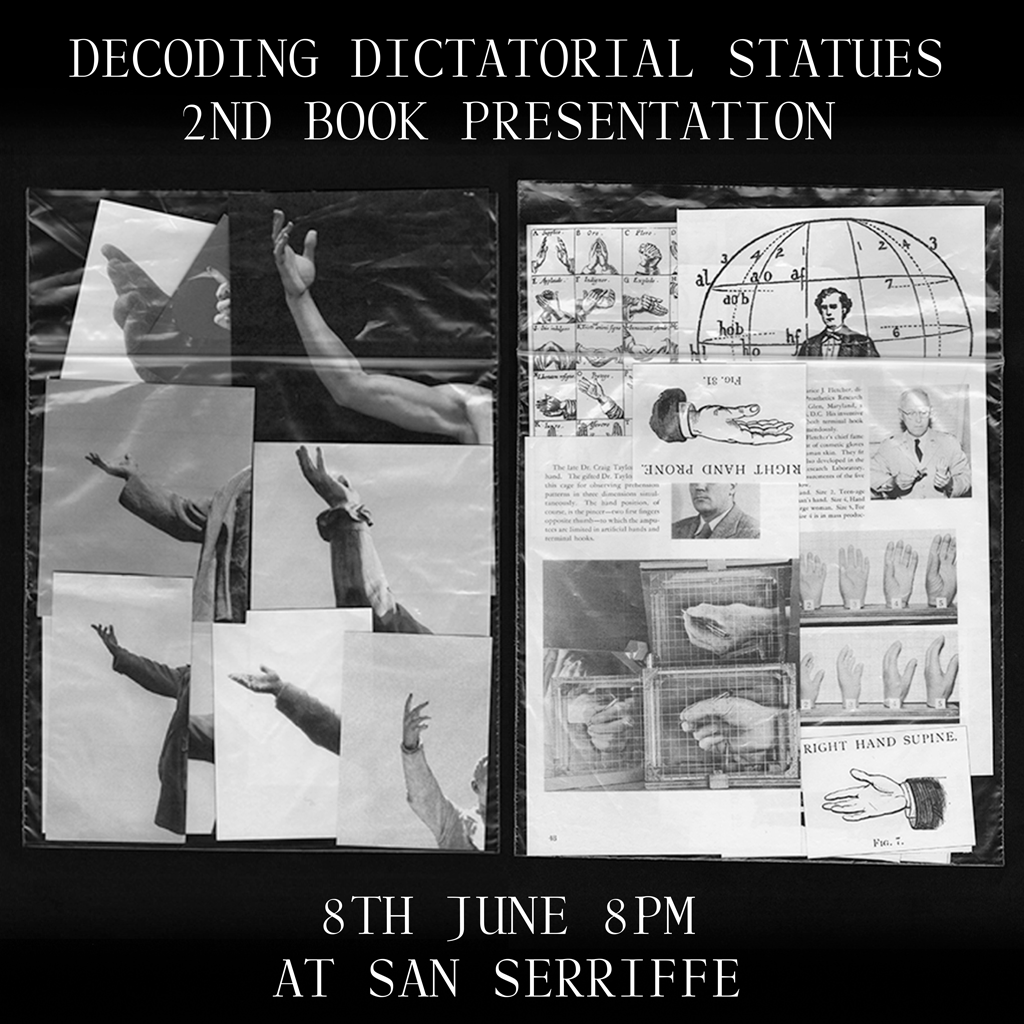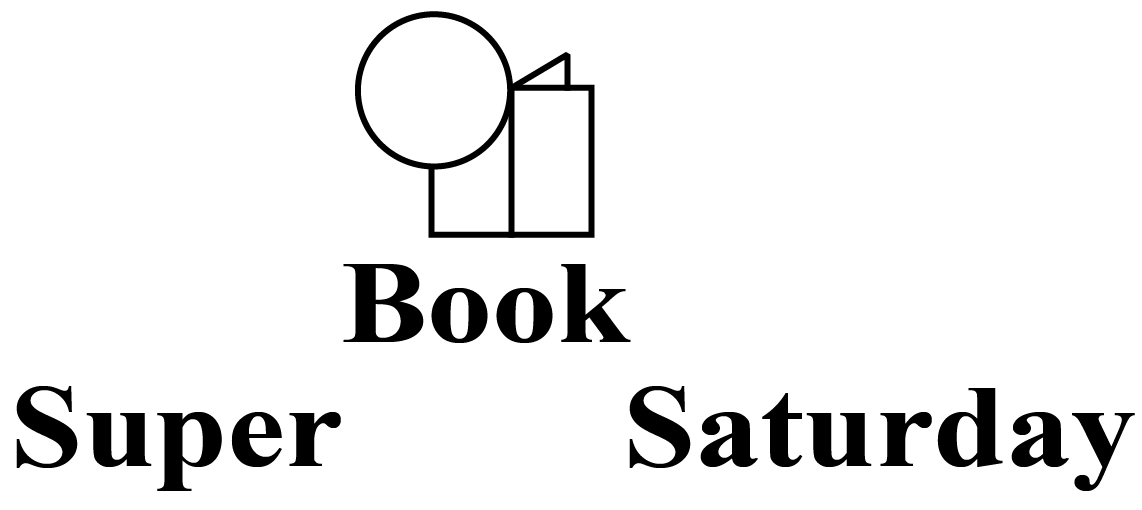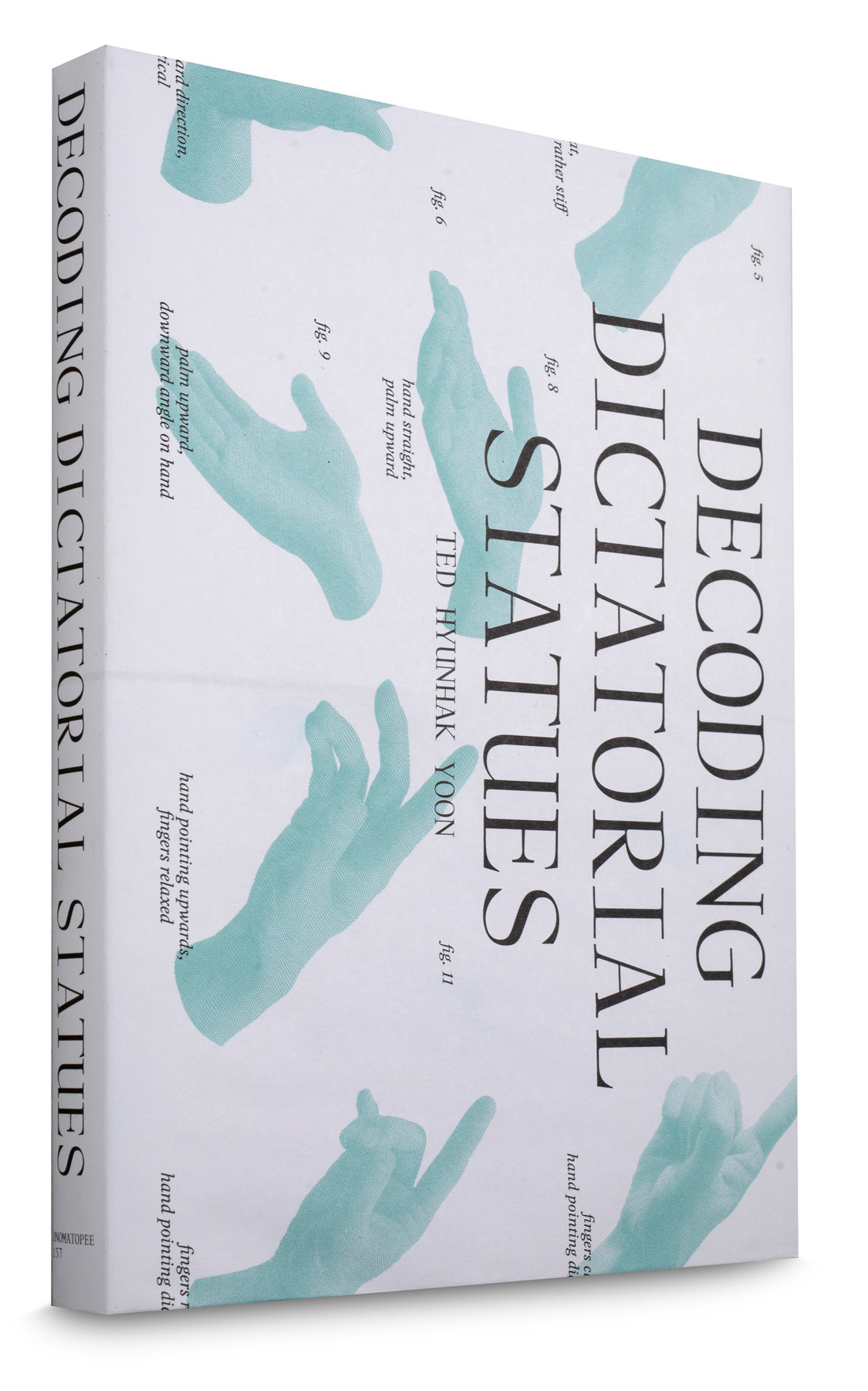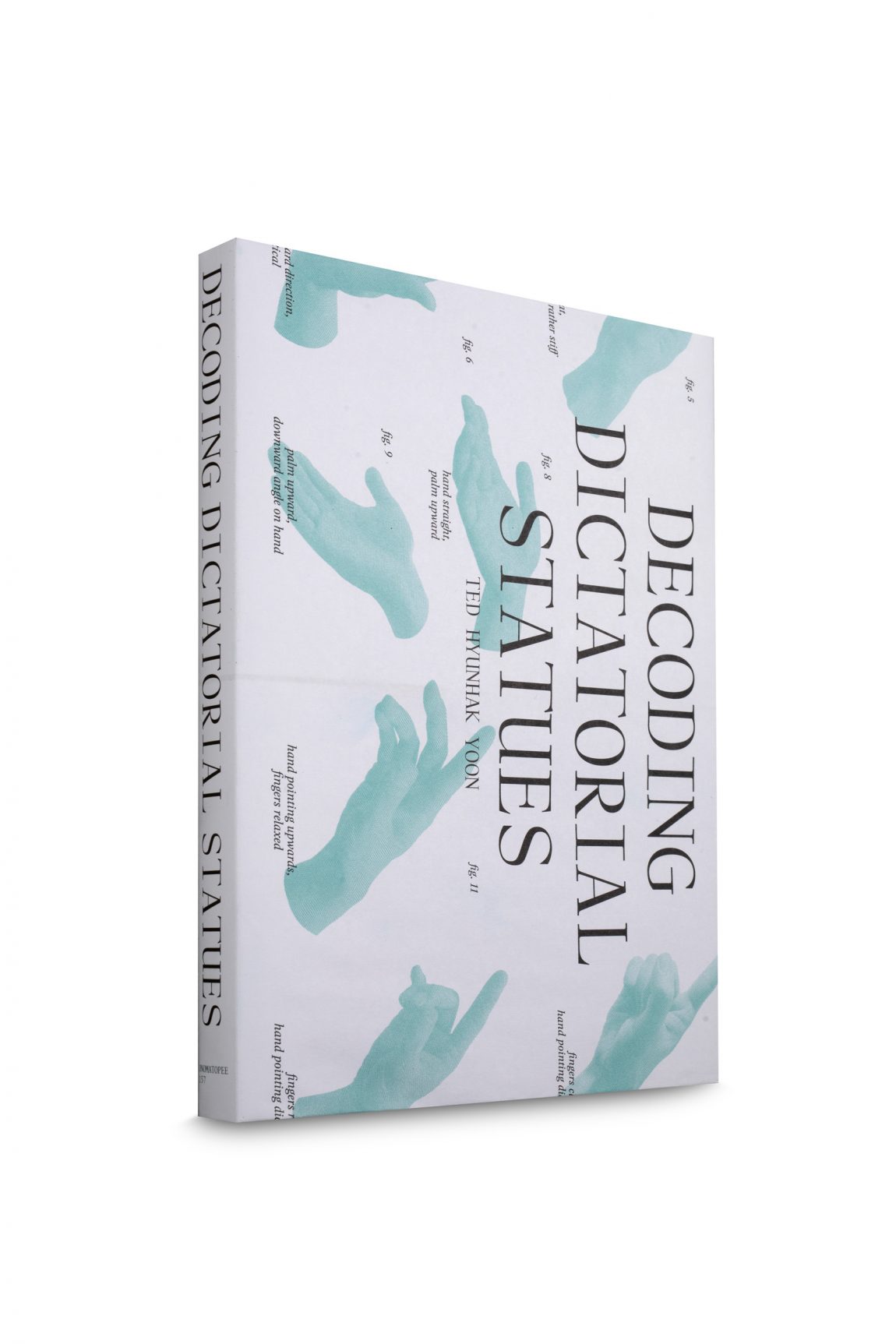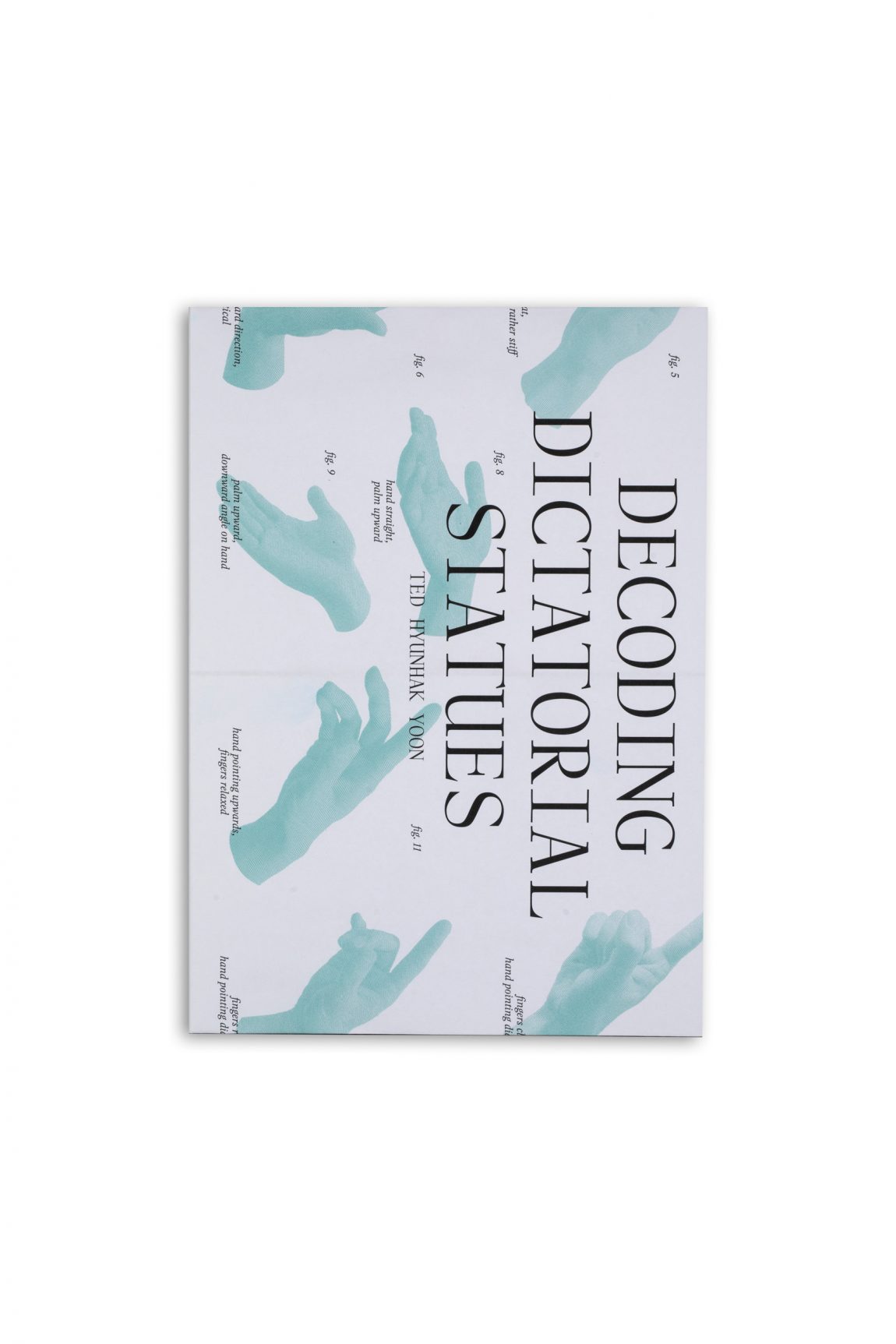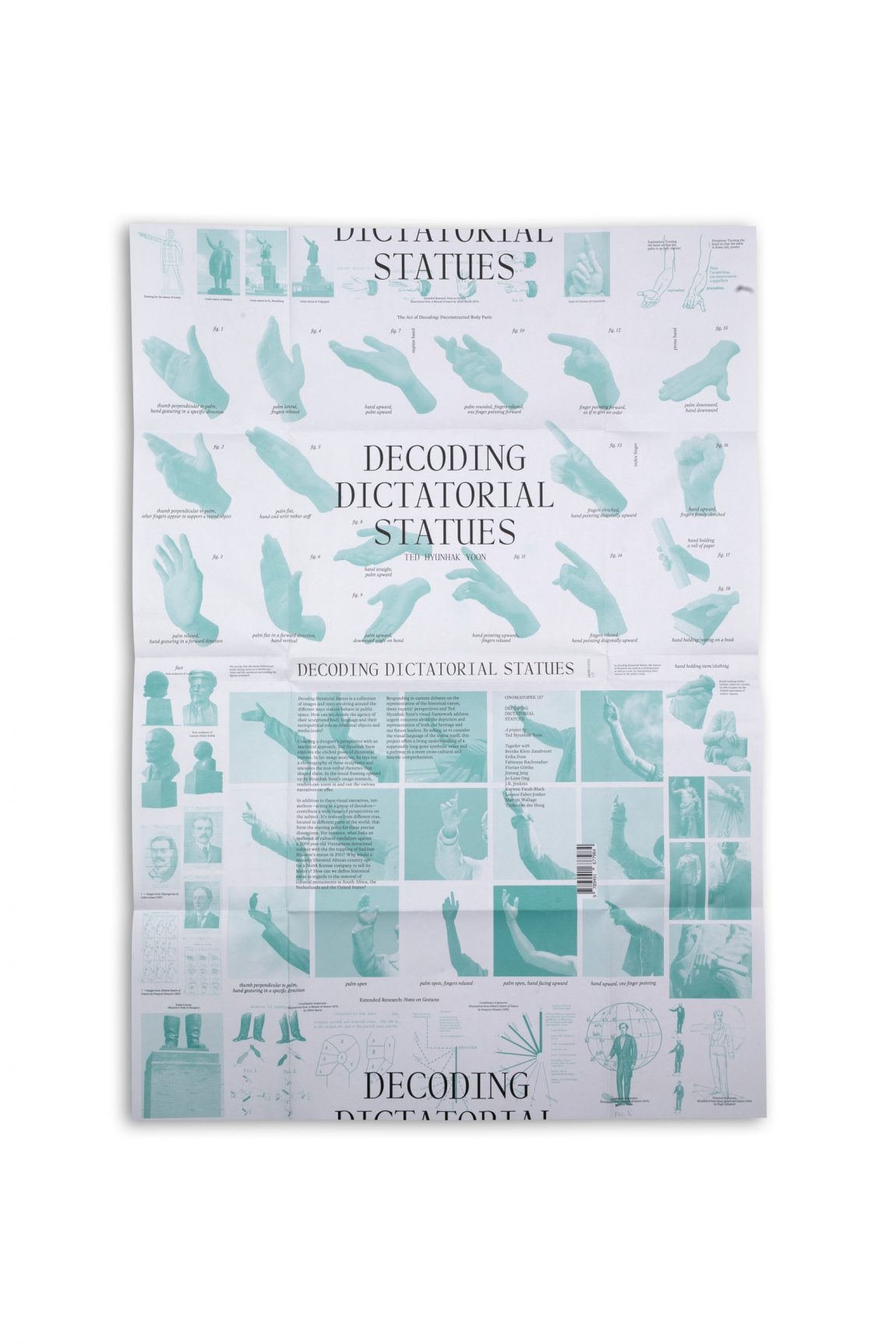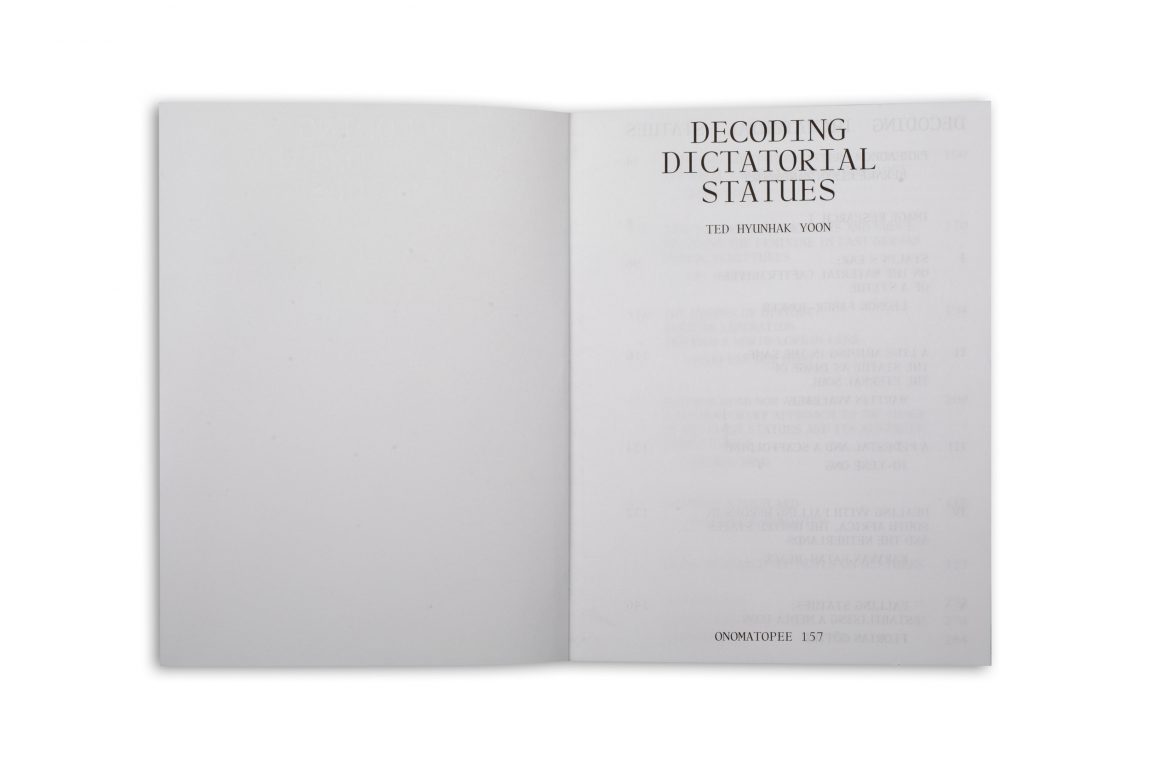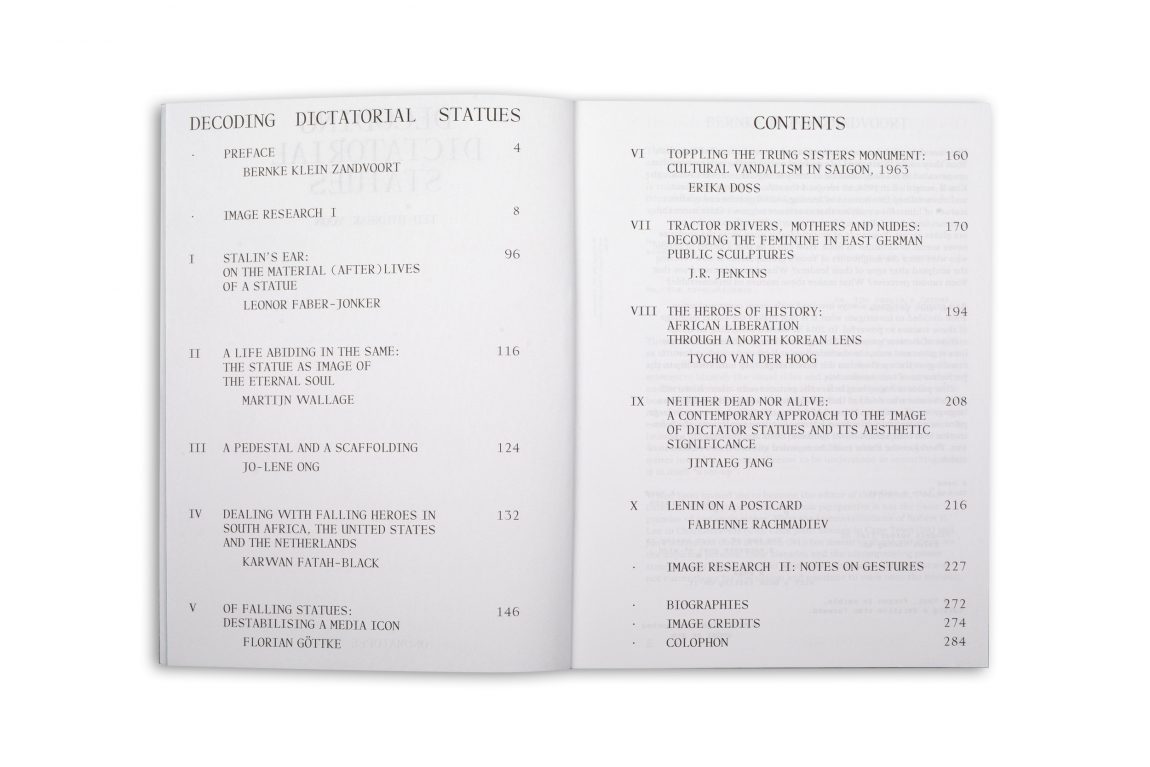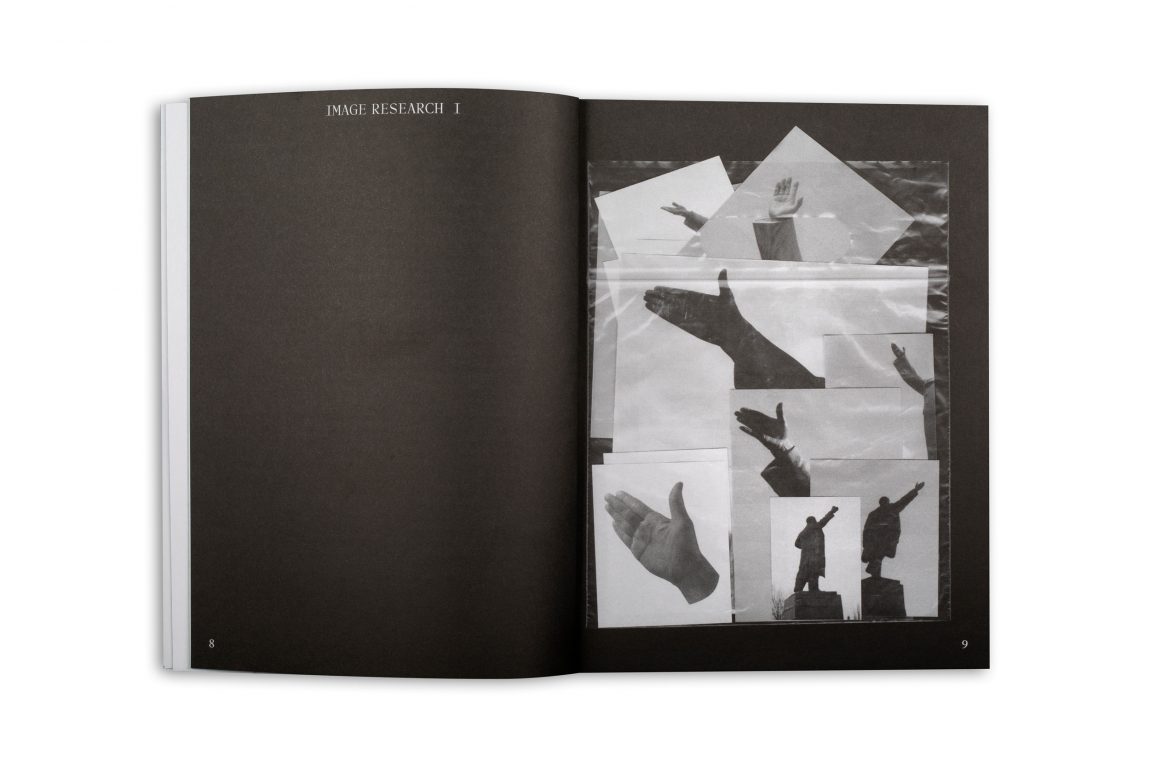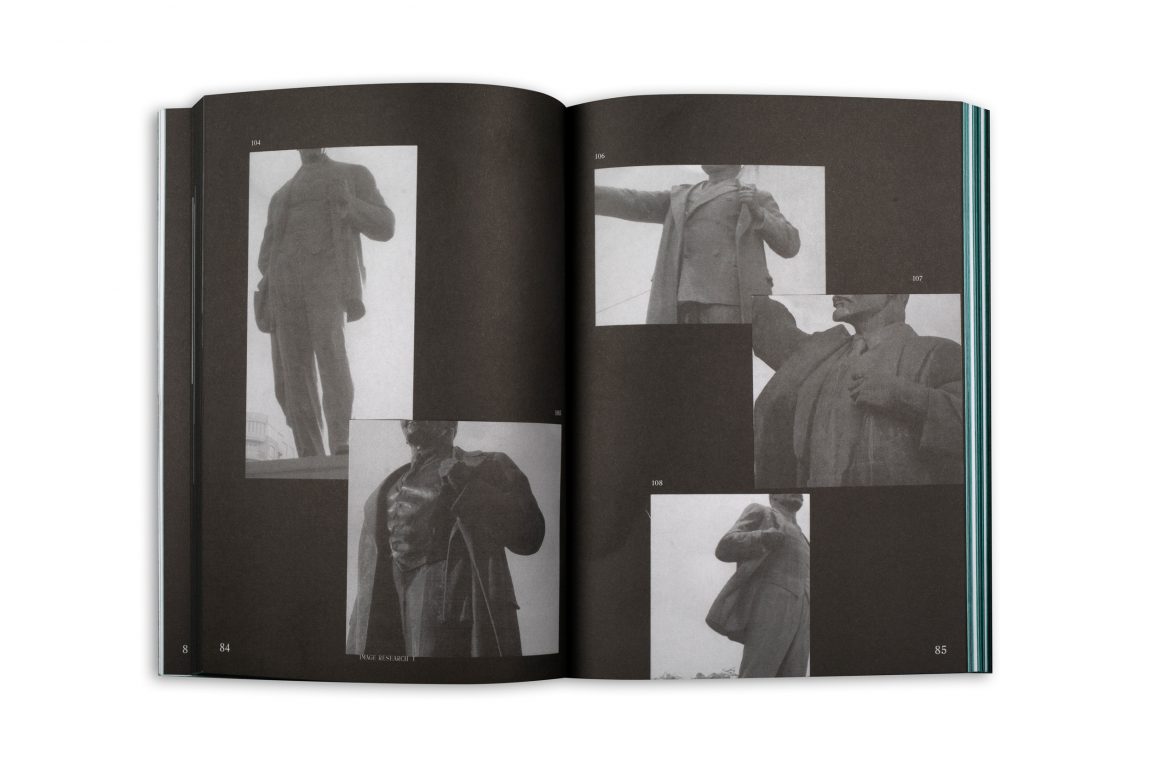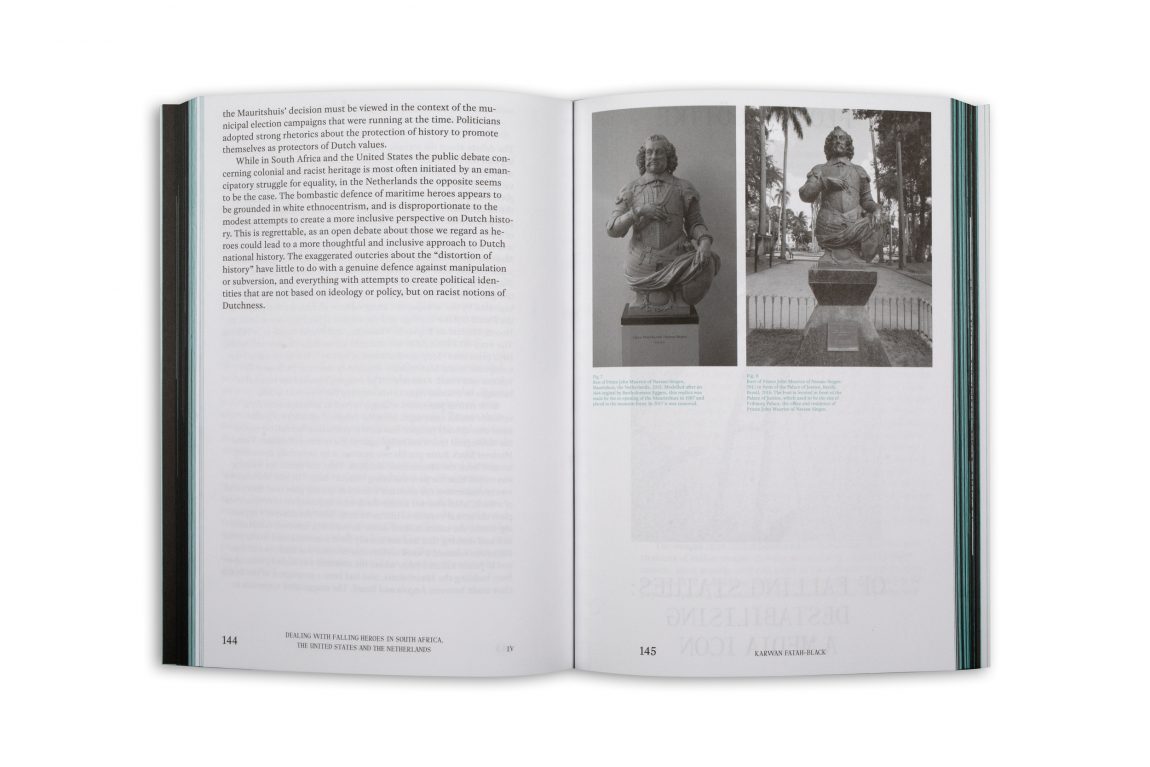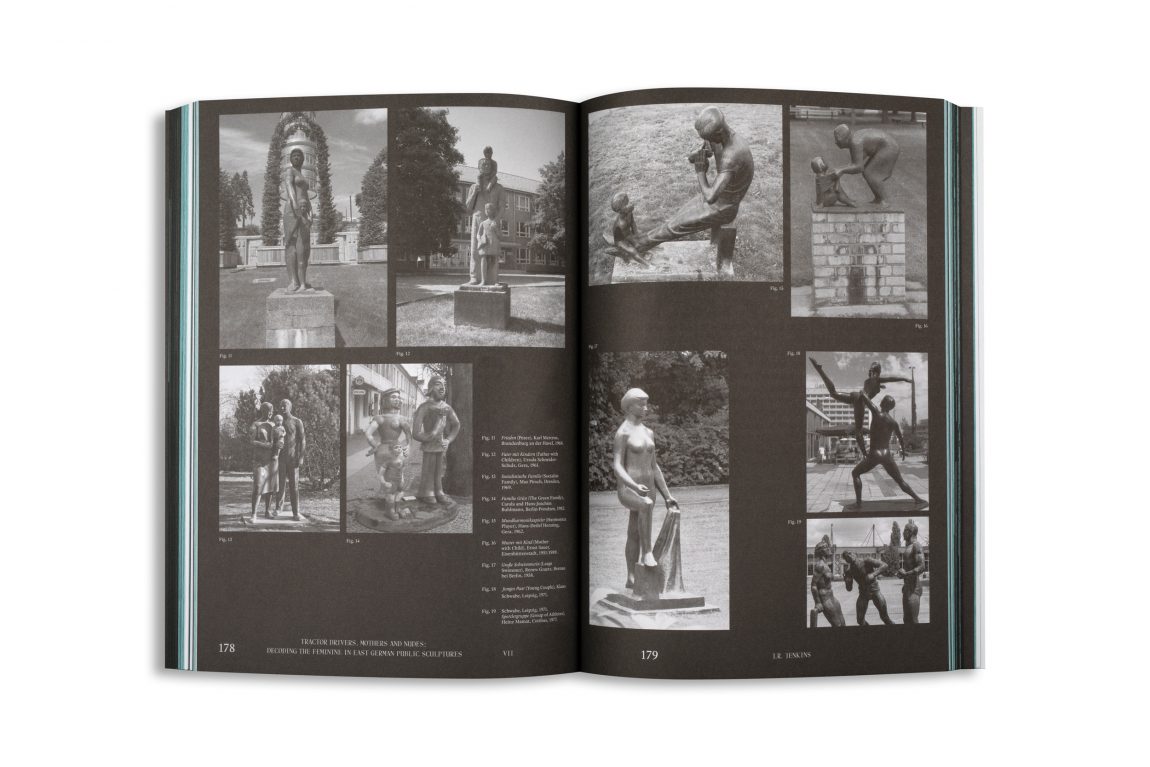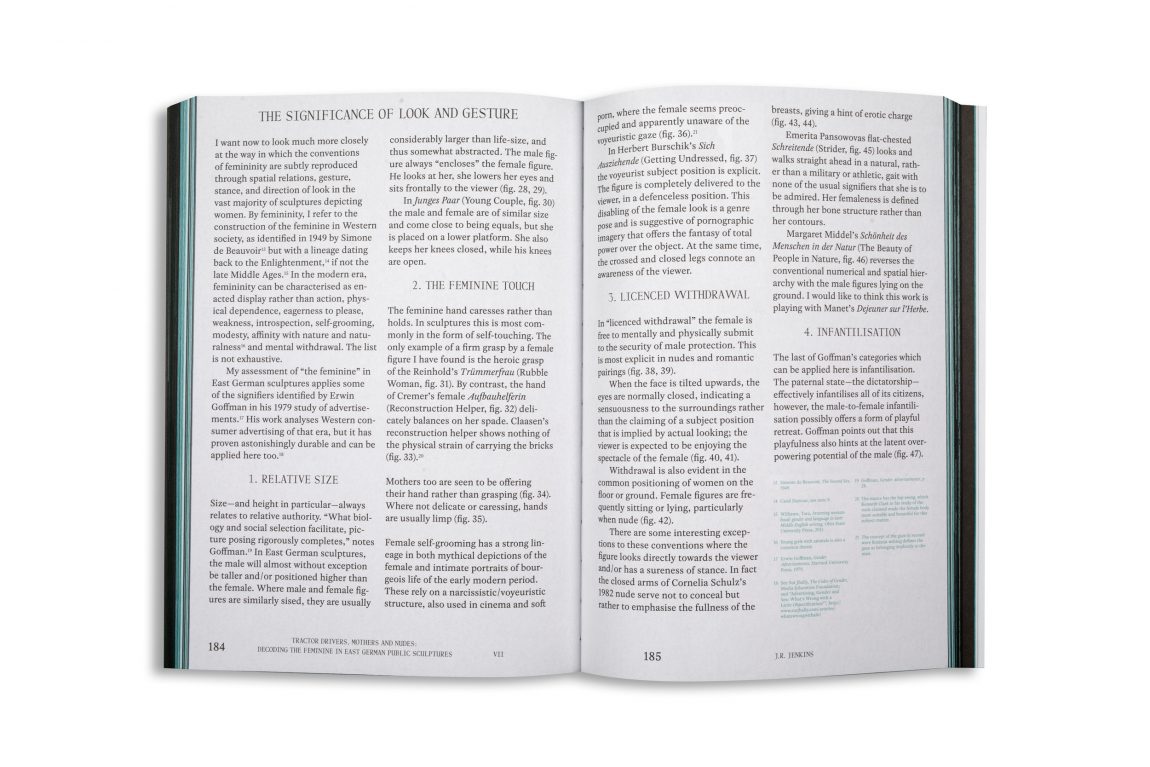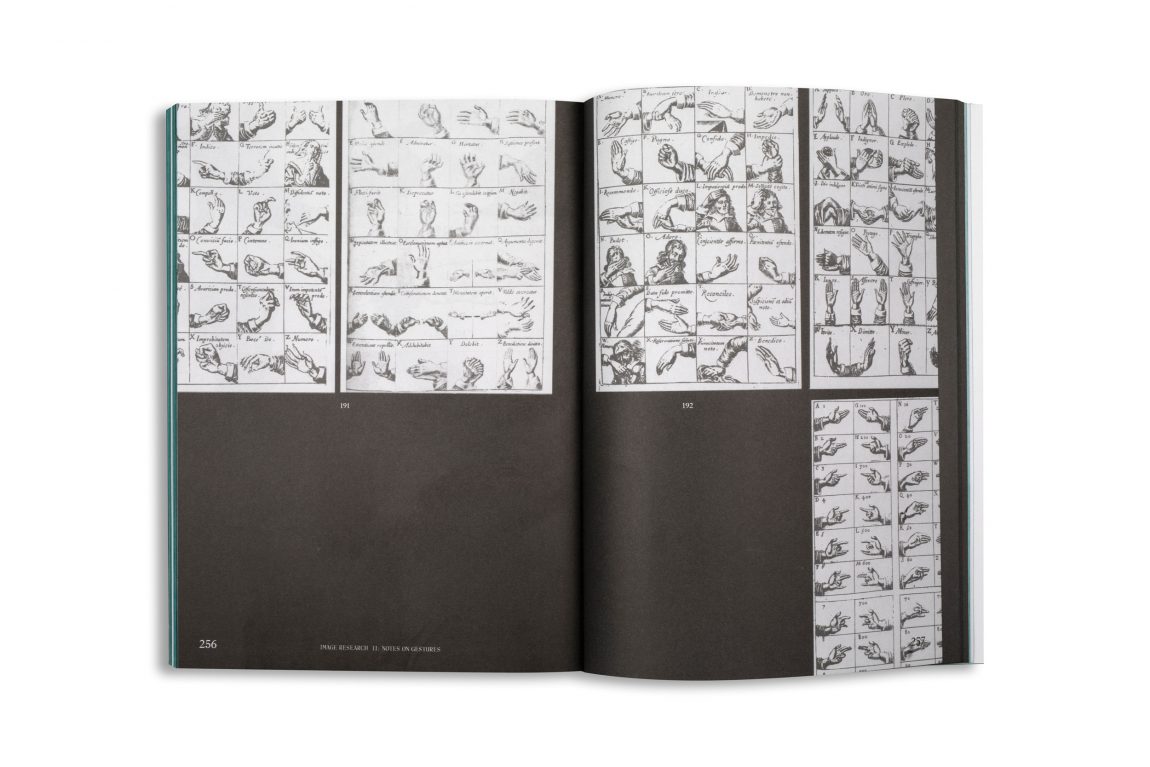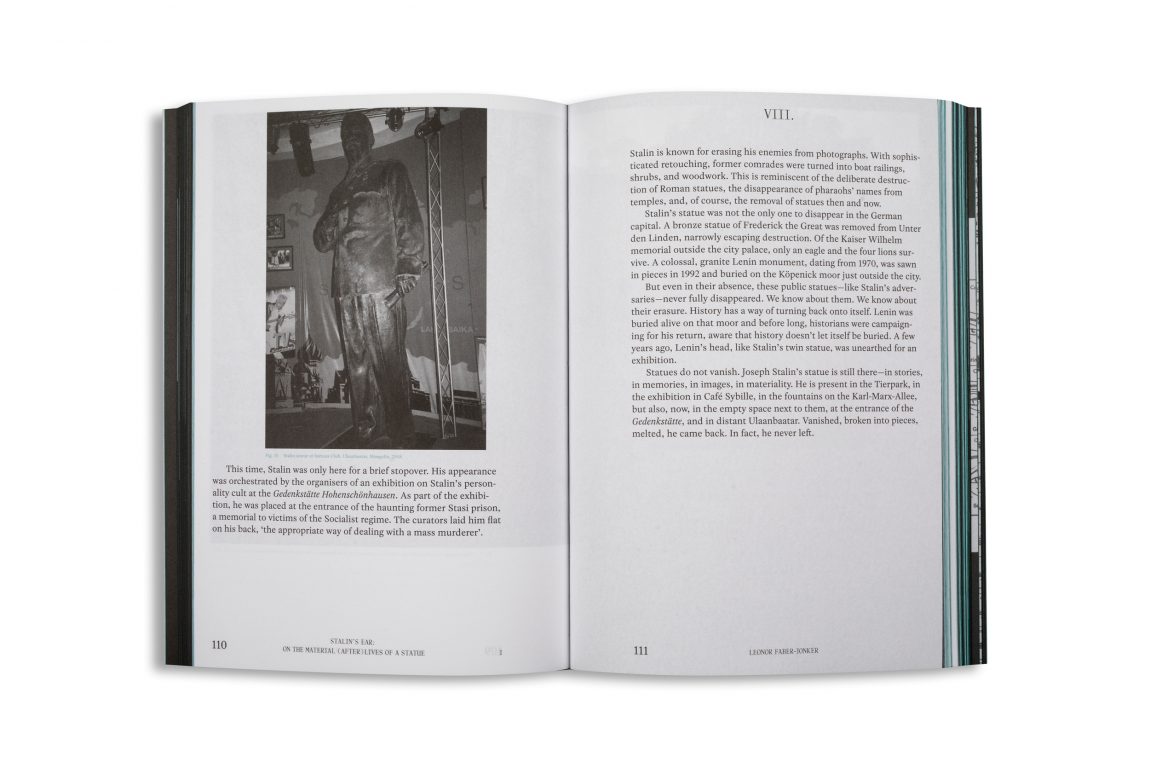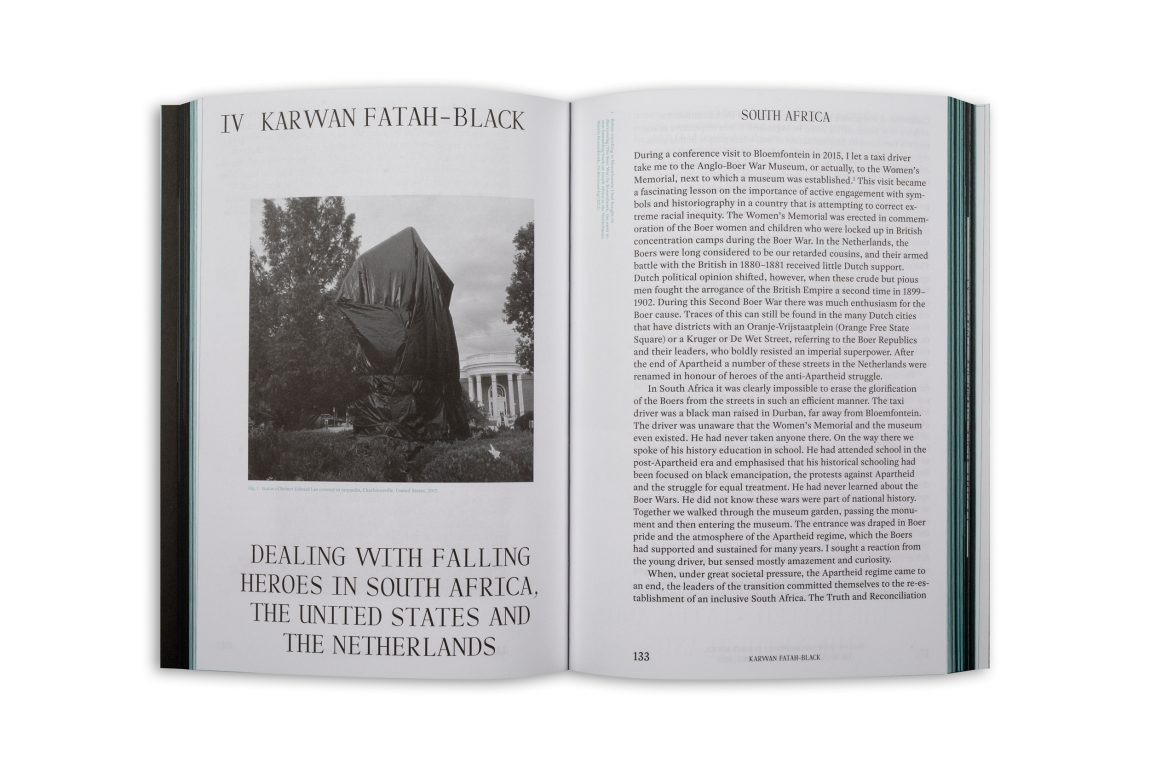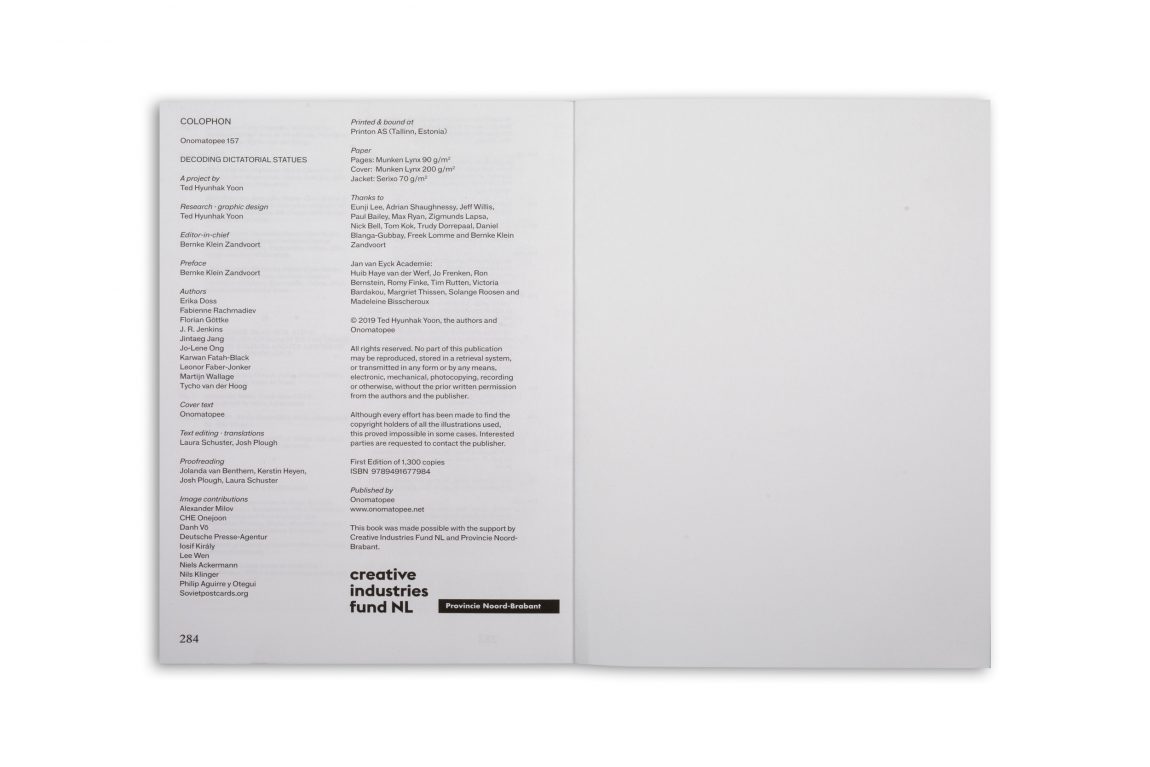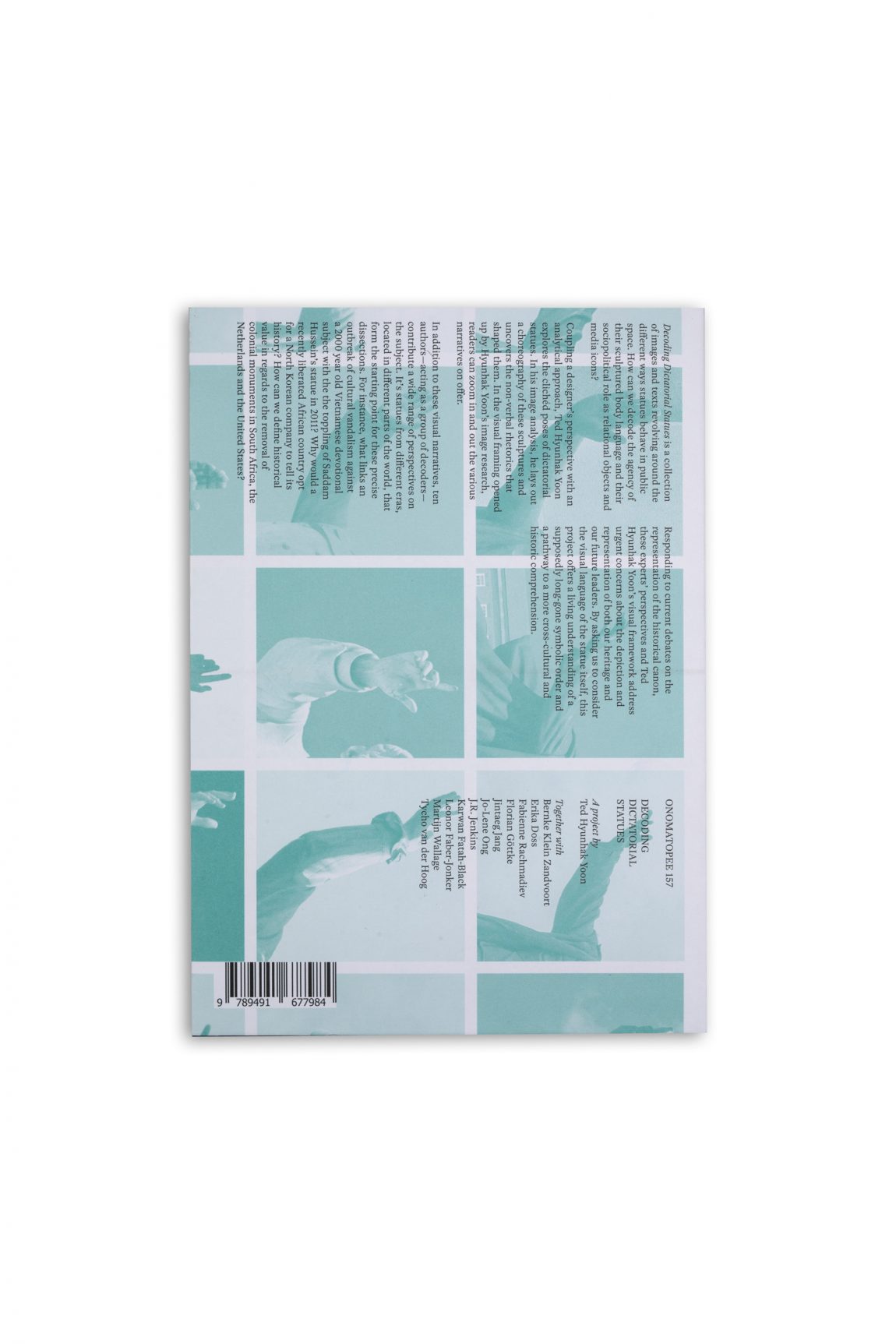Part of Onomatopee Design Week 20-28/10, 2018
Special opening hours:
Sat. 20 to Sun. 28, 13:00-19:00
Except for Friday 26 and Saturday 27 until 20:30
---
DOWNLOAD RISO-PRINTED HANDOUT HERE
Decoding Dictatorial Statues, a project by Korean graphic design researcher Ted Hyunhak Yoon, is a collection of images and texts revolving around the different ways we can look at statues in public space. How can we decode statues and their visual languages, their object hood and materiality, their role as media icons and their voice in political debates?
Anticipating to current debates the book responds to urgent concerns about the representation of our heritage by not only asking us to examine what history to put on a pedestal, but to also consider the visual language of the statue itself. Decoding Dictatorial Statues therefore offers opportunity to level with the actual affairs the statues promote. In parallel to this deconstruction of the politics of a statue’s gestures the project discusses symbolic notion of culture and design by offering opportunity to another, and more cross-cultural understanding.
Backdrop.
We can say that the premise of each statue in every public realm is that it wants to sway our views and narratives about the portrayed figure. Or, in the words of political theorist Hannah Arendt: ‘Half of politics is image-making, the other half is the art of making people believe the image.’ Heated discussions over statues, statue vandalism and toppling are often in the headlines. The South African student protests are a good example, where the statue of the British imperialist Cecil Rhodes took on a symbolic role, but also the riots in Charlottesville (US) and even Dutch discussions about the statues of colonials like Peter Stuyvesant, Jan Pieterszoon Coen and Generaal van Heutsz grow more and more tense. In parallel to this opening up of the politics, Decoding Dictatorial Statues discusses symbolic culture and design in between cultures by offering opportunity to another, and more cross-cultural understanding.
Exhibition
Ted Hyunhak Yoon’s visual analysis centers around the term ‘visual design journalism’ and attempts to find rules and phenomena which exist within, and lay behind, dictatorial statues. By carefully disjointing and reassembling the images, Yoon questions our position as viewer. The exhibition Notes on Gesture sees Yoon’s research on gestural language through a critical and immersive lens.
It will present overlapping ideological perspectives and designed scenarios, allowing space for imagination and speculation to combine. Bridging immaterial decoding and symbolic with the materiality of gesture of the supposedly untouchable and unbreakable statues, the installation offers a tangible experience around intangible matters.
Publication
Sparked by a database of images that when organised become a tool for decoding, the publication Decoding Dictatorial Statues by Korean graphic design researcher Ted Hyunhak Yoon, offers a real time analysis, an empirical understanding and data for reflection on gestural politics. While the work forefronts the actual status of statues, the various texts, collected by writer Bernke Klein Zandvoort, revolve around the different ways we can look at statues in public space. How can we decode statues and their visual languages, their object hood and materiality, their role as media icons and their voice in political debates?
Biographies
Being a graphic designer, always concerned with mediating contents and growing up next to neighbour North Korea, Ted Hyunhak Yoon started collecting and dissecting the images of statues. Taking the dictator’s statue as a starting point, the publication Decoding Dictatorial Statues aims to demonstrate how this particular object can be so powerful. Being centered on the term ‘visual design journalism’ Yoon’s visual analysis forms the backbone of the book. It attempts to find the (visual) rules and phenomena that exist within, and lay behind, these statues.
Whereas the image research focuses on deconstructing the visual language of the statues, the essays by ten writers each apply other ways of decoding. Bernke Klein Zandvoort encouraged the writers to dismantle the statues in terms of their image-making qualities and object hood, their biographies and their inherent place in a web of sociopolitical, historical and present-day meanings.



